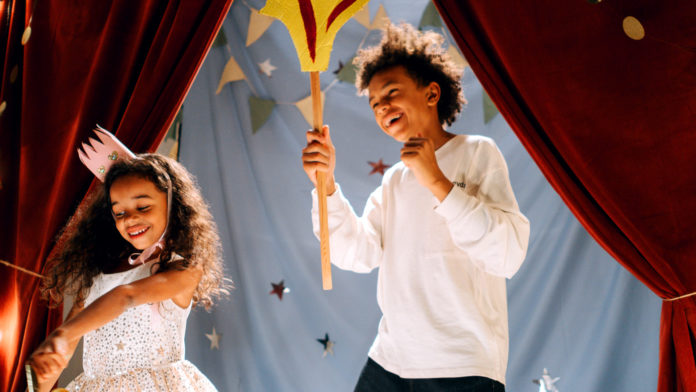As new technology emerges, it can feel easy to let older ways of doing things fall away. Cochlear implants are one example of a major innovation that has changed the way we think about living with hearing loss.
These incredible devices bypass inner ear damage in cases of severe hearing loss, delivering signals directly to the cochlear nerves. From there, the brain can interpret those signals as sounds. After several months most users find they gained a much better understanding of speech.
But despite advances in this technology, it still isn’t a perfect match for natural hearing.
And when we use cochlear implants as a replacement for sign language, removing that pathway to expression only deepens language deprivation, says Joanne Weber, assistant professor at the University of Alberta and the first ever Canada Research Chair in Deaf Education.
Many audiologists and clinics insist that signing can interfere with deaf children learning to speak after getting their implants. But Weber advocates for deaf children to have more ways to express themselves to help boost language skills, not less.
At the heart of the problem is an overall lack of consistent exposure to language. When this happens, students can struggle to form a cohesive understanding.
The average deaf high school graduate has achieved only a fourth-grade reading level, even though reading and writing don’t rely directly on our ability to hear. Even those lucky enough to have cochlear implants face barriers to academic, social, and emotional development.
“We need more people out there to get the message out,” said Weber in a press release.
“I want people to think in a different way about the actual impacts on the child, and to think of the whole child, not just their ears. They’re a whole being.”
Weber remains Canada’s only professor in academia working on deaf education, and there is a lot of work needed to build capacity to serve deaf children. Literacy and language skills are critical to their success after graduation.
To foster improved language fluency, Weber believes we should draw on the arts. She currently works with students at the Alberta School for the Deaf, applying her research on arts-based instruction to help students learn phonology, morphology, linguistics, and literary conventions. The goal is to boost their overall competence with communication.
Weber also established a theatre company in 2016 called the Deaf Crows Collective, bringing together actors of all ages, many of whom are deaf or have hearing loss. It’s an outlet for celebrating deaf culture and offering a venue for self-expression, all while building opportunities for hearing and deaf communities to come together.
“Most of [the actors] were hard of hearing, but their language deprivation was quite profound. Even those who could speak couldn’t read or write very well,” added Weber.
“When we got them involved in the arts it really changed their brains. They noticed how they got better. The parents said that, for the first time, they felt their child could actually succeed in the world.”





































